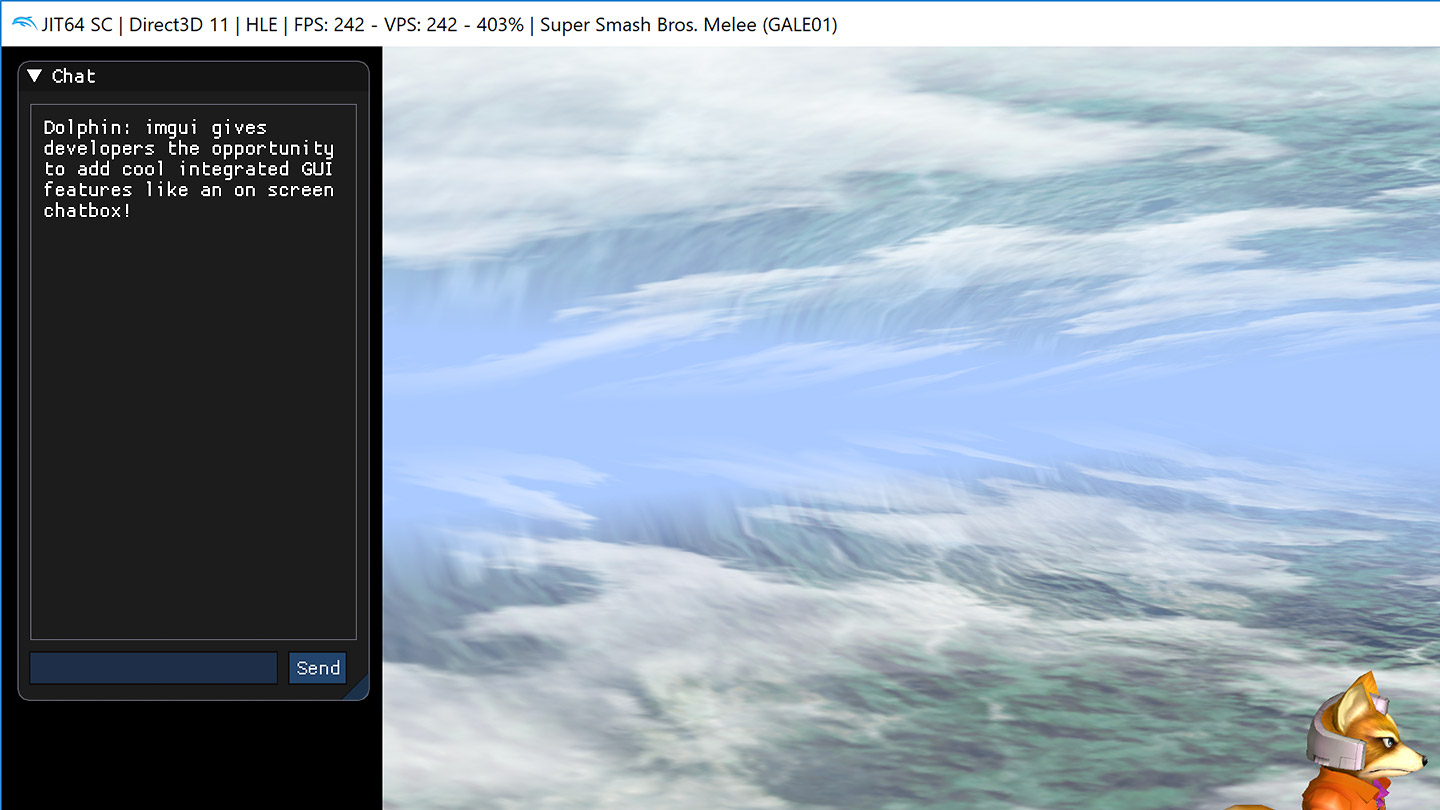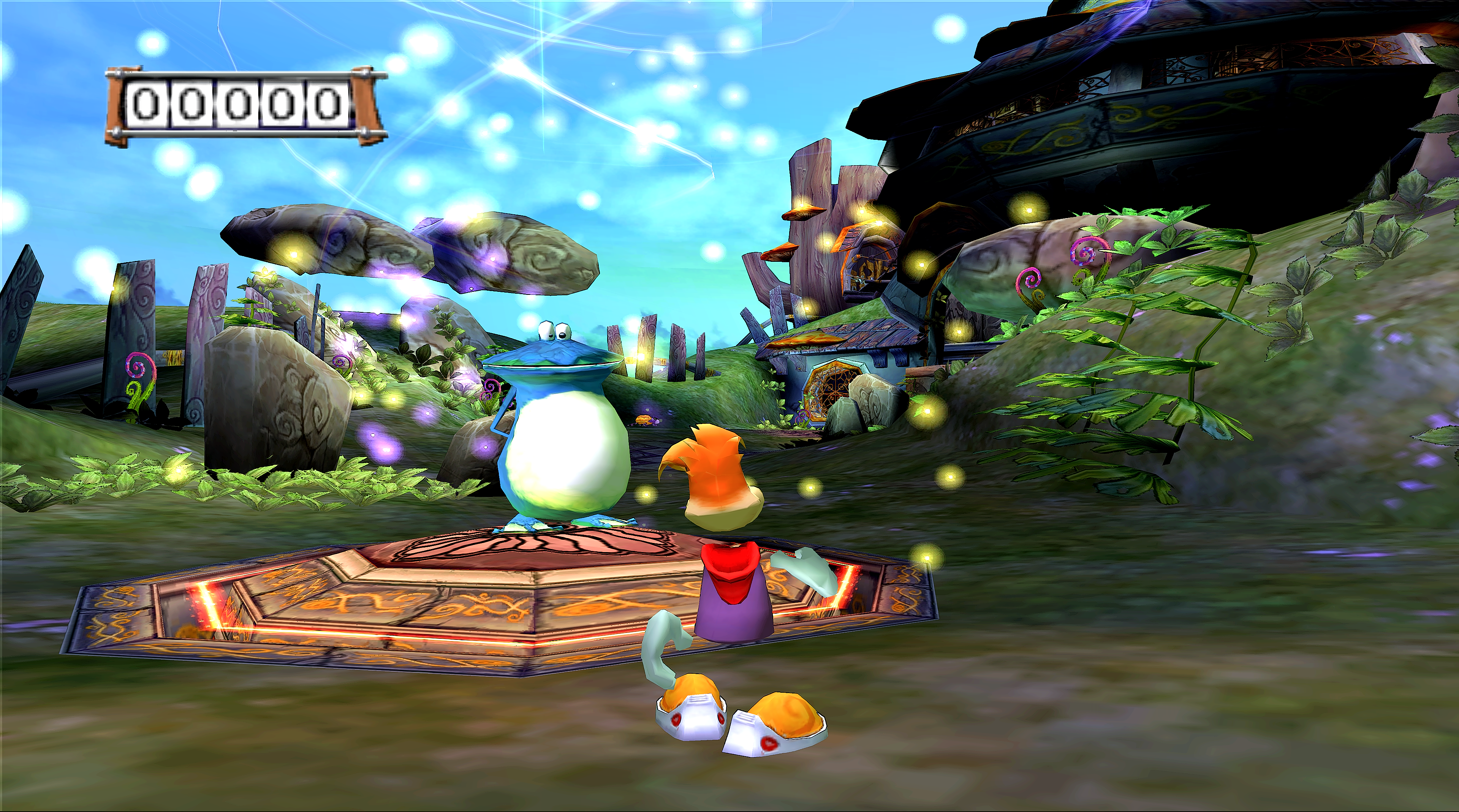
On Windows XP, double click Network Connections.

On Windows Vista, double click Network and Sharing Center.On Windows 7, single click Change adapter settings on the left side of your screen.In order to find your true DNS IP, you'll need to log in to your router by typing the network IP address you just wrote down (.x or something similar) in your web browser, and look for your router's Status Page. Using this IP will prevent you from connecting to the internet. If your DNS IP is the same as your Default Gateway IP, it means your router is just acting as proxy between your computer and your actual DNS.We are only concerned with IPv4 entries, you can ignore the IPv6 stuff. We are going to use this information a little bit later. Take down the IP address, Subnet Mask, Default Gateway, and DNS. I want you to write down some of the information in this window.If it scrolls off the top you may need to enlarge the window. Type ipconfig /all in that window, and then press the enter key.Type cmd in the Search programs and files box (Run box in XP or Vista), and press Enter on your keyboard.On Windows 7, open up the start menu, and look for the Search programs and files box.So the port forwarding configuration will not work. When this happens the ports will no longer be forwarded to your computer's IP address. This will probably work when you initially set it up, but after restarting your computer it may get a different IP address.

When you have port forwarding setup, your router forwards ports you an IP address that you specify. It is very important to setup a static IP address, if you are going to use port forwarding.


 0 kommentar(er)
0 kommentar(er)
